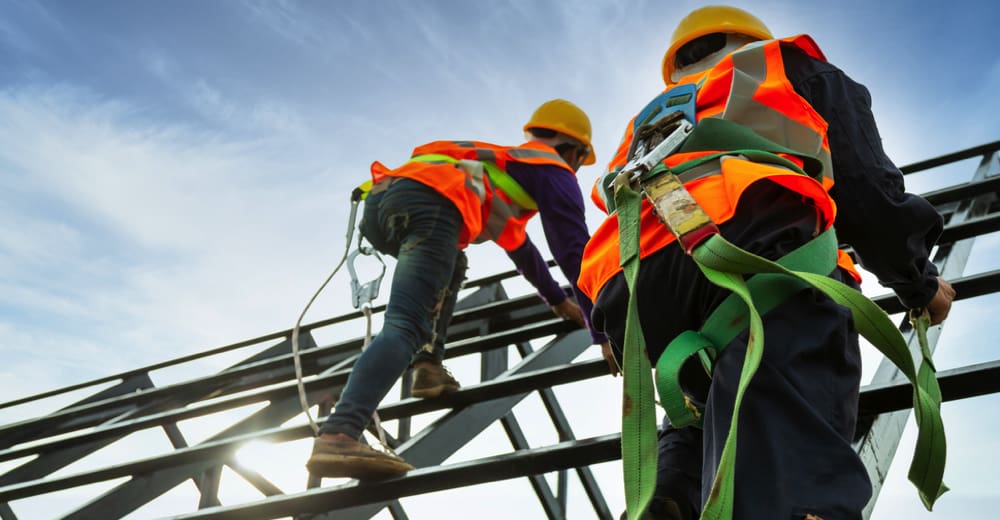Working at Height Training
Working at height training is critical as trips and falls within business remains one of the biggest causes of major injuries and fatalities. The most common causes include falls from ladders, roofs and through weak surfaces.
The definition of ‘Work at height’ is working anywhere; if there were no measures in place, a person could fall a distance liable to cause personal injury (for example, a fall off a ladder when you are working on a roof).
Your responsibilities?
As an employer, you are responsible for ensuring that all work carried out by your employees has been carefully planned, looking at the risks involved. These should then be measured using a risk assessment and method statement to ensure that you are doing everything possible to manage the risk by adopting the avoid, prevent and minimise rule.
Do’s and don’ts of working at height
Do….
- Ensure that when working at height, there is a safe route to and from ground level.
- Try to do as much of the work required from ground level.
- Ensure all equipment is suitable and maintained.
- Ensure extra precautions are taken when working near weak surfaces.
Don’t…
- Overload ladders refer to all mechanical information that is provided to ensure the machinery is fit for purpose.
- Overreach on ladders or stepladders
- Rest a ladder against weak surfaces, e.g. glazing or plastic gutters.
- Use ladders or stepladders for strenuous or heavy tasks; only use them for light work of short duration (a maximum of 30 minutes at a time)
Get your people working at height trained.
Book them onto a Working At Heights E-Learning training program to protect yourself from prosecution and keep your people safe from trips and falls.
Our E-learning courses can be taken on-site, which is very easy to do and very economical. You can try one for FREE to see the quality.




